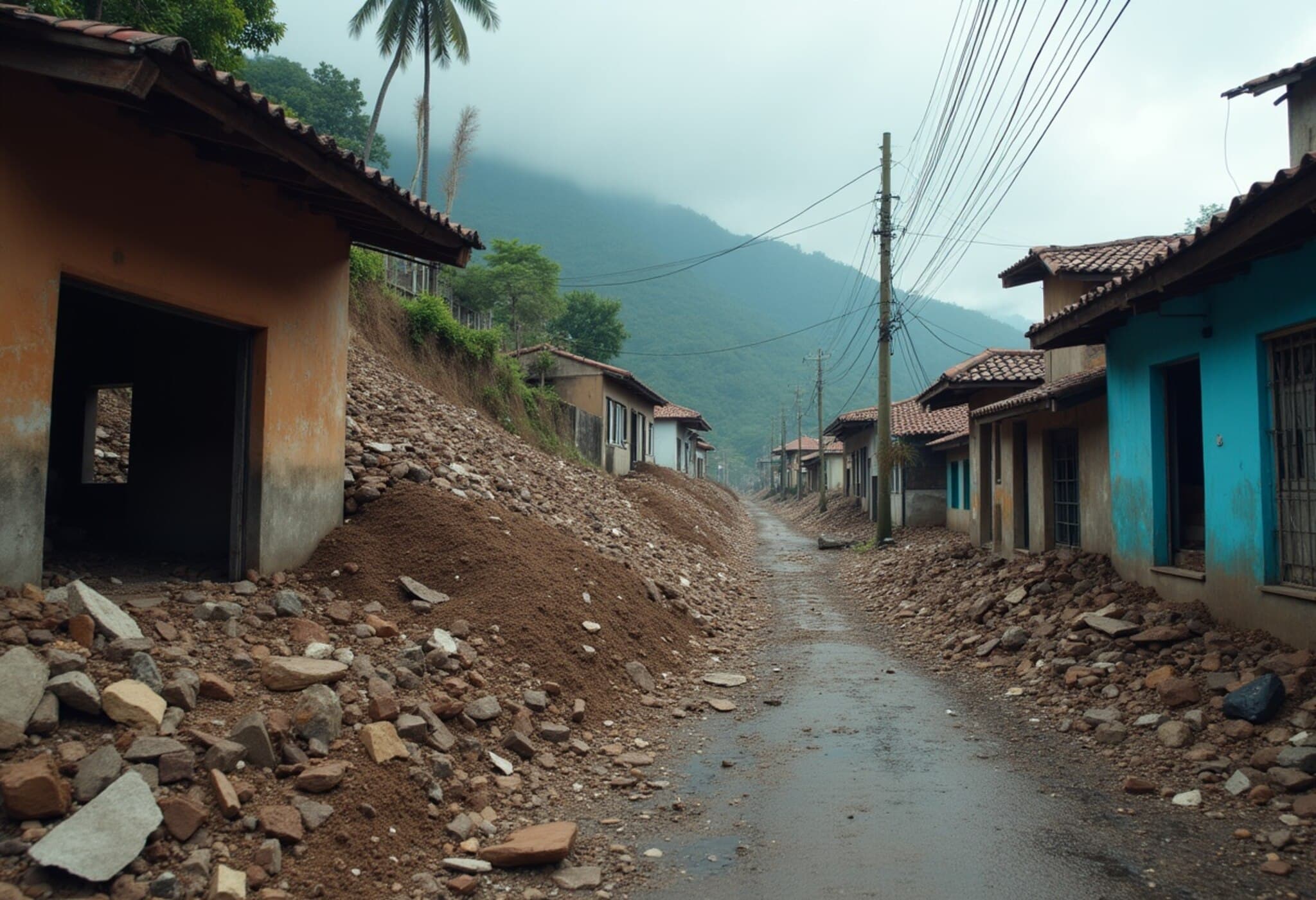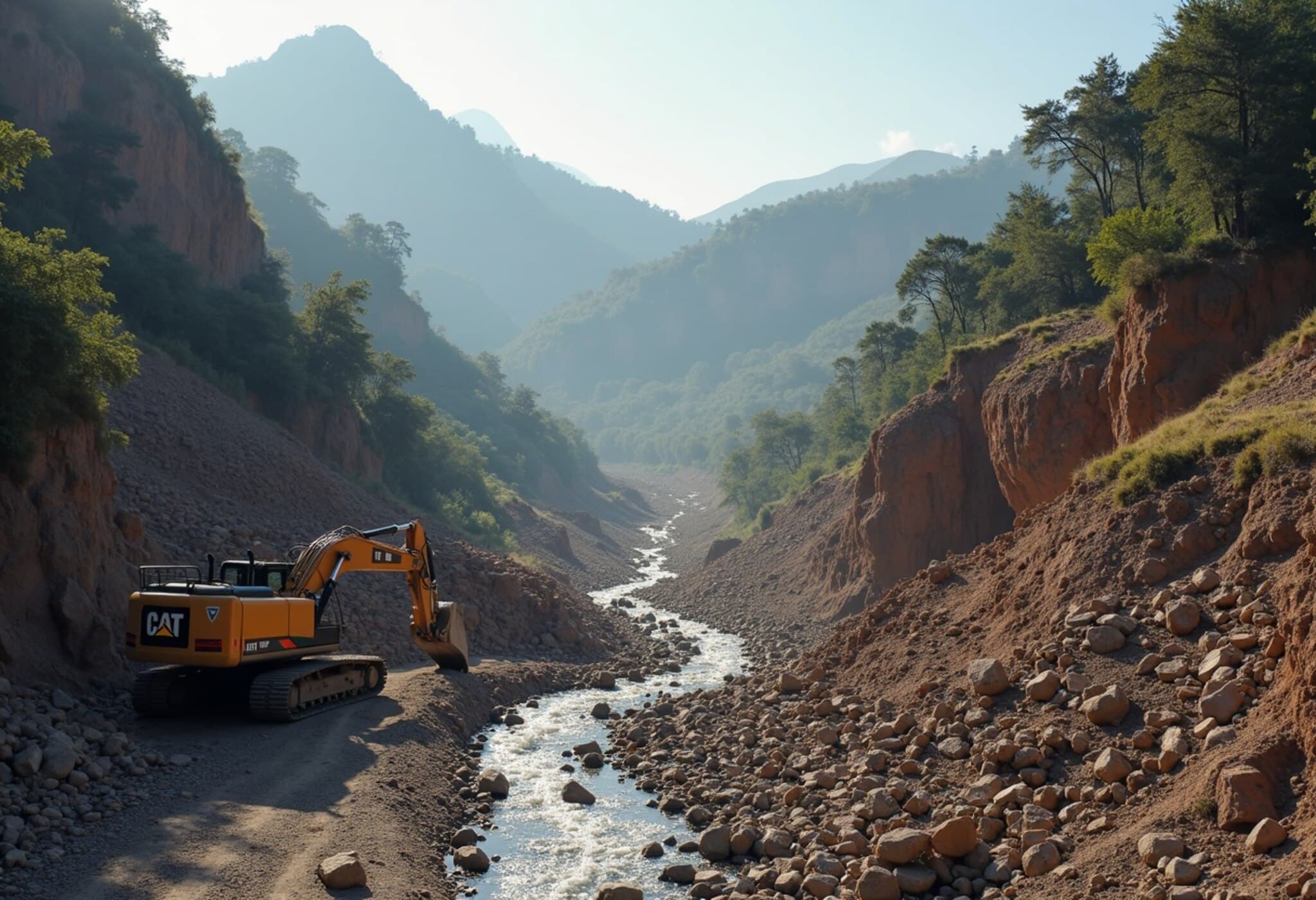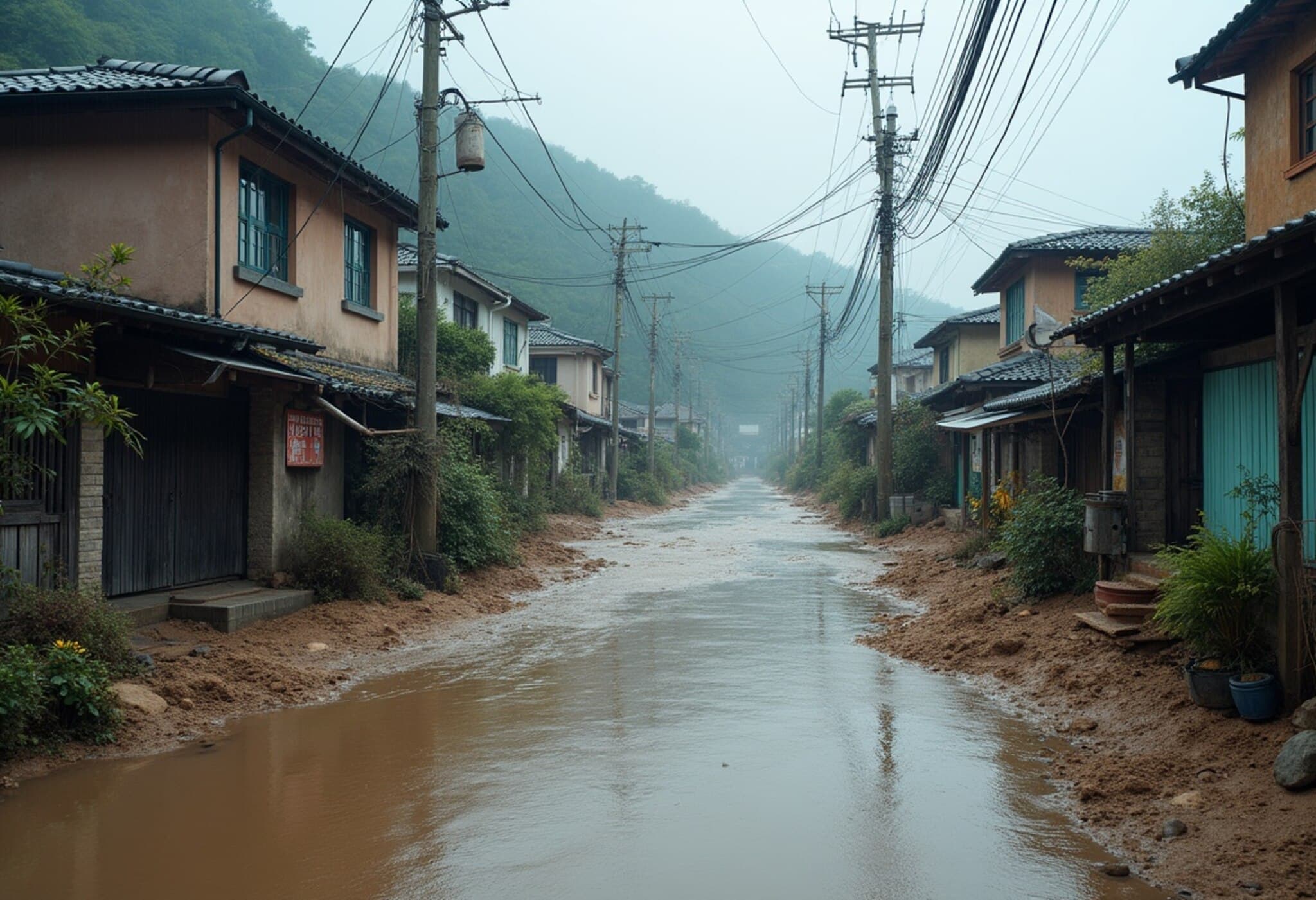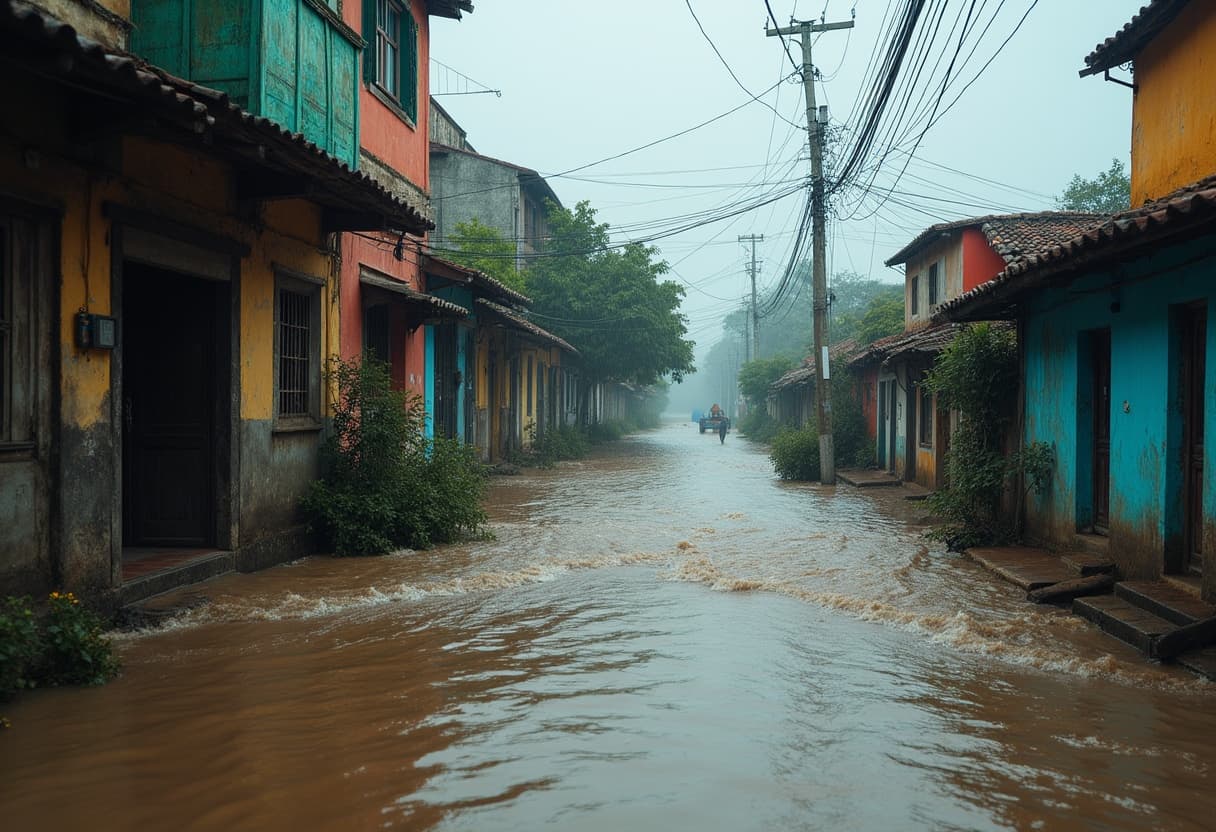Guatemala City Faces Disruption Following 5.7-Magnitude Earthquake
On Tuesday afternoon, a 5.7-magnitude earthquake shook the region approximately 10 miles southwest of Guatemala City, setting off a series of aftershocks and triggering devastating landslides that claimed at least two lives. In response, authorities promptly closed schools and ordered non-essential businesses to cease operations across the capital and its surrounding areas.
Immediate Impact and Casualties
The earthquake's tremors caused buildings to collapse and massive boulders to tumble down slopes, one of which tragically struck a vehicle, killing two people—a stark reminder of Guatemala's ongoing vulnerability to natural disasters. The National Disaster Agency reported widespread damage, but accurate assessments remain challenging as emergency teams continue rescue and damage control efforts.
Government Response and Public Safety Measures
To safeguard citizens, the government announced suspension of classes in all schools within the metropolitan area and temporarily shuttered non-essential services. Guatemala's Finance Ministry offices will remain closed through at least Wednesday to allow thorough inspections of government buildings for structural risks. These precautionary measures underscore the administration’s commitment to public safety amid volatile seismic activity.
Infrastructure and Economic Implications
President Bernardo Arévalo addressed the nation, confirming damage to critical infrastructure including homes and highways. Though Guatemala is a country familiar with volcanic and seismic activity, officials clarified that this earthquake was unrelated to volcanic eruptions, alleviating fears of a compounded disaster.
Beyond immediate disruptions, concerns loom about longer-term economic consequences. The temporary closure of educational institutions and public offices affects daily routines of millions and generates ripple effects through commerce and governance. Analysts emphasize that robust disaster preparedness and resilient infrastructure are vital for a nation perched on the volatile Pacific Ring of Fire.
Contextual Insight: Guatemala’s Seismic Challenges
Guatemala’s geographic position makes it particularly prone to natural disasters such as earthquakes and volcanic eruptions. The capital city, home to around three million people, is densely populated with many neighborhoods built on hilly terrain, increasing landslide risks during seismic events. This incident highlights the importance of ongoing investment in early warning systems and urban planning that prioritizes disaster risk reduction.
Looking Ahead: Lessons and Preparedness
- Strengthening Infrastructure: Reinforcing buildings and public infrastructure can reduce casualties and property loss.
- Expanding Early Warning Systems: Enhanced seismic monitoring is crucial for timely evacuations.
- Community Engagement: Educating residents about earthquake preparedness can save lives.
As Guatemala recovers from the immediate impacts, these strategic steps remain critical to mitigating future disasters.
Editor’s Note
This earthquake serves as a sobering reminder of Guatemala’s ongoing struggle with natural disasters and the human cost they entail. While the country has made strides in disaster management, this event spotlights gaps in infrastructure resilience and emergency response readiness. Observers should watch how the government balances urgent relief with long-term preparations amid a region fraught with seismic volatility. For the American audience, this raises vital questions about supporting international disaster resilience efforts and the broader implications of climate change and urban vulnerability in Central America.














